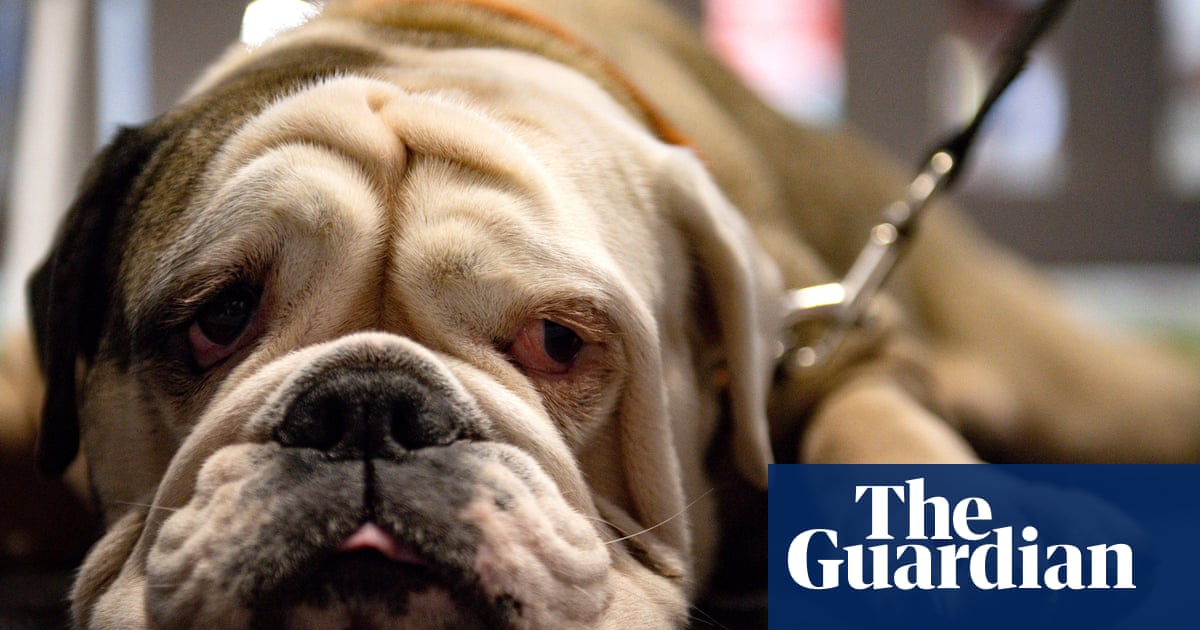
Scientists have created the world’s first flu-resistant chickens in an advance that could pave the way for gene-edited poultry on UK farms.
The birds, which had small alterations to one gene, were highly resistant to avian flu, with nine in 10 birds showing no signs of infection when exposed to a typical dose of the virus.
However, infections were not completely blocked, and scientists say this would have to be achieved before genetically engineered chickens could be introduced to farms, due to the risk of the virus evolving to become more dangerous to humans.
Prof Wendy Barclay, of Imperial College London, a co-author of the study, which is published in Nature Communications, said: “Under natural doses our gene-edited chickens really seemed to be resistant, but when we took a very high dose, we did see in half of the chickens a breakthrough infection.
“This showed us a proof of concept that we can move towards making chickens resistant to the virus but we’re not there yet.”
Preliminary results suggest editing three genes, rather than just one, could prevent breakthrough infections, raising the prospect of introduction in the UK, where gene editing of crops and animals is permitted.
There is concern about the spread of avian flu, which has led to the deaths of hundreds of millions of birds worldwide in the past two years. The virus has also spilled over into mammal populations, including seals, sea lions and mink, and caused several human deaths.
The principle investigator Dr Mike McGrew, of the University of Edinburgh’s Roslin Institute, said: “Highly pathogenic bird flu is widespread in Asia, Europe, Africa, North America and has now spread to South America and is feared to move to Antarctica.
“This is causing unprecedented deaths in wild birds and devastating impacts on farmed poultry … and there is a growing fear that bird flu could jump to humans and lead to another pandemic.”
Vaccinating birds is expensive and of limited effectiveness due to the rapid evolution of the flu virus. Tighter biosecurity measures, such as keeping chickens indoors, affect animal welfare.
McGrew said: “Gene-editing offers a promising route towards permanent disease resistance, which could be passed down through generations, protecting poultry and reducing the risks to humans and wild birds.”
The research focused on a gene, ANP32, that makes a protein the flu virus hijacks to replicate itself. Barclay said: “It occurred to us if you could disrupt that interaction and prevent the protein from being used, the virus would not be able to replicate.”
The team bred chickens using Crispr gene editing to make small changes to the ANP32A gene. When the gene-edited chickens were inoculated with 1,000 infectious units of the virus – equivalent to real-world exposure – only one in 10 birds were infected and shed a very low amount of virus over a few days. All of the control birds were infected.
When exposed to an extremely high dose of 1m infectious units, five of the 10 birds became infected, though with a viral load far lower than seen in the control chickens.
Any breakthrough infection poses a risk because of the potential of the virus to evolve. And, when tested, the virus in the gene-edited chickens had acquired mutations that helped it use two related proteins (ANP32B and ANP32E) to replicate. Some of these mutations also enabled the virus to use the human version of ANP32.
“The fact that we’re taking a step in the direction of making the virus more able to infect other species is not something we’d want to be doing at all,” Barclay said. “We were not alarmed by the mutations that we saw, but the fact we got breakthrough means we need more rigorous edits going forward.”
When the genes for all three proteins were targeted, virus replication was completely blocked inside lab-grown chicken cells, and the team plan to test this in live chickens.
Prof Derek Smith, the director of the Centre for Pathogen Evolution at the University of Cambridge, said: “This is an excellently done study and an important step on the way to avian flu-resistant chickens. As the authors say, there is more work to be done, and it is now clear the direction in which that work should go.”
Gene editing differs from genetic modification, an older technique in which an entire gene from one species is inserted into another. Gene editing is less contentious because the limited DNA changes that are introduced could, in theory, crop up naturally in a population given enough time.
Prof Massimo Palmarini, of the University of Glasgow, who was not involved in the latest work, said: “I am not worried at all about the safety of gene-edited products for the consumer. They will be as safe as those that we have now – after all we could consider breeding of all our domestic animals in the last 10,000 years as a kind of slow gene-editing process.
“The key risk to consider is whether a gene-edited animal could favour the emergence of viruses with different characteristics.”
In 2021, Japan’s government approved the sale of red sea bream lacking a myostatin gene, which suppresses muscle growth, and a tiger pufferfish with its genes that control appetite removed, both of which grow faster and have higher yields than conventional fish.
AquAdvantage salmon have a genetic modification that makes them grow bigger faster, and were the first genetically engineered animals approved for human consumption in the US and Canada in 2015.
GalSafe pigs were approved in the US in 2020 for human consumption. They are genetically altered so they do not produce alpha-gal sugars, which means they can be eaten by people with alpha-gal syndrome, which can cause mild to severe allergic reactions.
In 2020, the US also approved “slick-haired cattle” (PRLR-Slick) as food. They are gene-edited to have coats that increase the animals’ resilience to higher temperatures.












